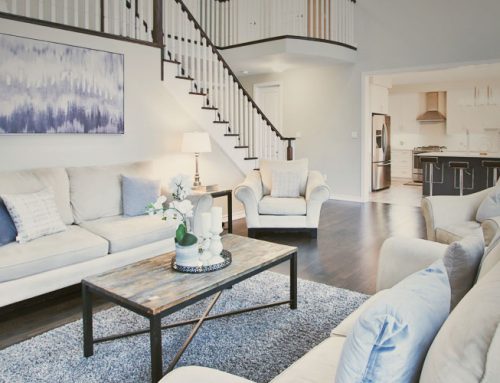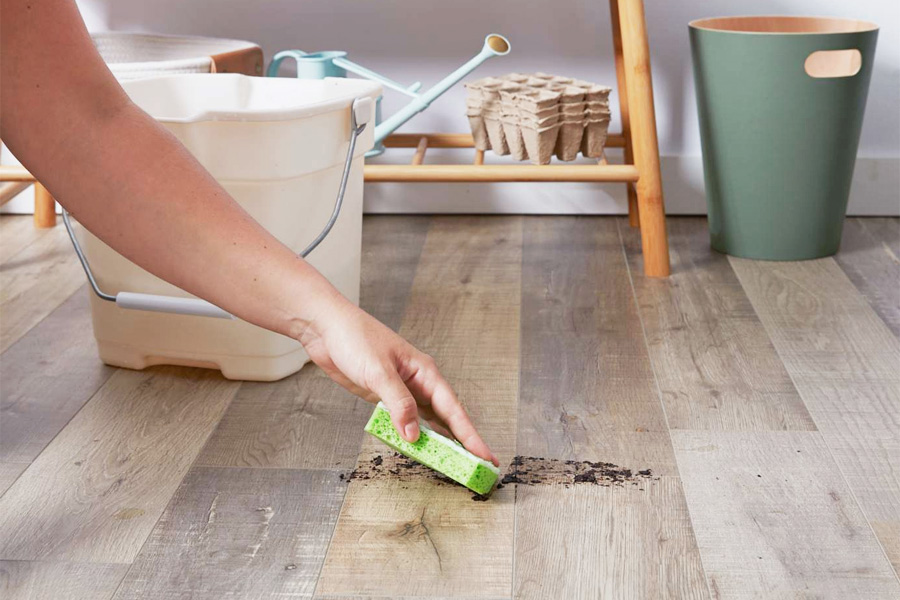How to Choose Your Perfect Carpet Color
Most homeowners only update their carpet every 5-10 years, so when it comes time to make a change it can be hard to know where to start. Being faced with decisions like pile type, material, cost, and color can make anyone’s head spin – the endless options making a seemingly easy choice difficult and stressful. Let our guide help you find the perfect shade for your home and in no time, you’ll be the next carpet color expert.
Narrow Down your Choices:
To begin, identify colors that you dislike. Are you done with the earth tone trend, or do bright and bold warm tones make your headache? Think about the long term, would you like your floors to make a statement or act as a neutral to anchor the rest of your style. From neutrals to brights, finding out what patterns and shades do not fit your style will get you one step closer to the finish line.
When in Doubt, Stick with Neutrals:
Purchasing traditional wall to wall carpet is a big investment. The last thing you want is to be disappointed with the look of the finished install. One safe bet is to stick with a neutral tone. That way you can utilize colors in other areas of the room such as paint, furniture, bedding, and throw rugs to add and change a bit of style. Natural tones such as tan, gray, and beige can easily match any look, from traditional to modern, and ensure your carpet will last through numerous decor updates and upgrades.
Assess who will be utilizing the space:
It’s good to consider how much traffic your carpeted area will receive. Will this be an area that hosts kids or pets? Is this an entry, hallway, or regularly used sitting area? If so, choosing a neutral colored, stain-resistant carpet is our first choice. Neutral fawn, tan, or dark creams will evoke a sense of balance while hiding any mud, dirt, or dust, which saturated jewel tones can do the same but with more pop. Choose colors that are a breeze to clean and camouflage dirt in high traffic areas such as hallways or stairs or something with pattern that will distract from any UV damage or grime.
Take note of the Current Wall Color:
You may be asking yourself, should the carpet and wall color match? Although it’s tempting, and can look great for a monochromatic look, there is no hard and fast rule that they to be the same color. Too much of one tone can become overwhelming. We recommend choosing colors that are complementary to each other and across from one another on the color wheel. Carpets that are multi-color with flecks or patterns are a great way to match wall color undertones without being too previous or overly coordinated.
Consider the Size of your Room:
Like paint colors, lighter colored carpets will make smaller rooms look larger as they reflect more light from the walls and windows. These lighter colors create more visual space which opens up a small room. Darker colored carpets can bring down the size of a large room and make the space feel cozy. This is excellent for larger living rooms, bedrooms, or basements that sometimes seem too empty and could benefit from the anchoring effects of a darker rug.
Use Carpet Samples:
To help make your decision, it’s a smart move to bring home samples of your favorite carpet colors. Why is this so important? While showrooms are well lit and made to show off the products, the ambiance in the store is guaranteed to be different than your home. What looks good under the bright illumination of a renovation warehouse can change immensely in your personal space. So take a sample and set in the room of your choosing. Come back periodically to observe it at different times of day and in different lighting conditions.






